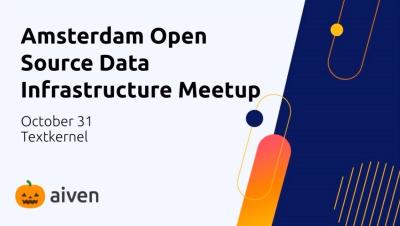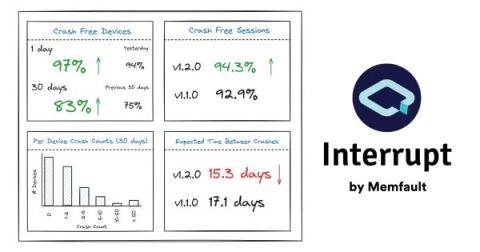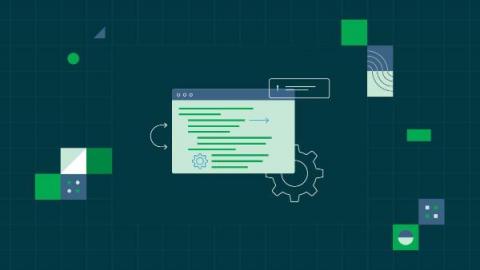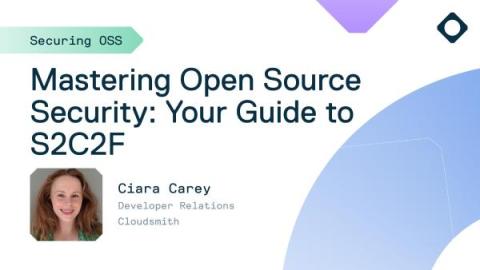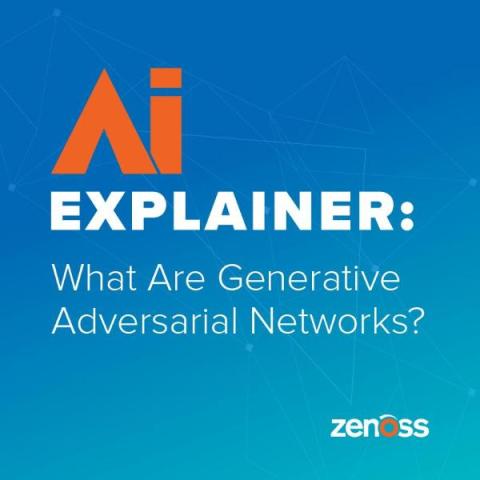Operations | Monitoring | ITSM | DevOps | Cloud
Technology
The latest News and Information on APIs, Mobile, AI, Machine Learning, IoT, Open Source and more!
OSDI (Open Source Data Infrastructure) Meetup - Amsterdam, 31st October 2023
Counting Crashes to Improve Device Reliability
The first step to making reliable IoT devices is understanding that they are inherently unreliable. They will never work 100% of the time. This is partially because we firmware engineers will never write perfect code. Even if we did, our devices need to operate through various networks and gateways, such as cellular modems, mobile phone Bluetooth applications, Wi-Fi routers, cloud backends, and more, and each of these may introduce unreliability.
3Pillar Global picks Mattermost for open source adaptability
As a software product company that helps customers bring new products to market, 3Pillar Global relies on tight-knit coordination and communication to move projects forward. When the team was looking for a new collaboration solution that would enable them to communicate in real time, they looked for an open source option.
Elasticsearch and LangChain collaborate on production-ready RAG templates
For the past few months, we’ve been working closely with the LangChain team as they made progress on launching LangServe and LangChain Templates! LangChain Templates is a set of reference architectures to build production-ready generative AI applications. You can read more about the launch here.
Build and evaluate LLM-powered apps with LangChain and CircleCI
Generative AI has already shown its huge potential, but there are many applications that out-of-the-box large language model (LLM) solutions aren’t suitable for. These include enterprise-level applications like summarizing your own internal notes and answering questions about internal data and documents, as well as applications like running queries on your own data to equip the AI with known facts (reducing “hallucinations” and improving outcomes).
Quantifying the value of AI-powered observability
Organizations saw a 243% ROI and $1.2 million in savings over three years In today’s complex and distributed IT environments, traditional monitoring falls short. Legacy tools often provide limited visibility across an organization’s tech stack and often at a high cost, resulting in selective monitoring. Many companies are therefore realizing the need for true, affordable end-to-end observability, which eliminates blind spots and improves visibility across their ecosystem.
Mobile iOS Error Simulator
Ready to explore Rollbar without the coding hassle? The Rollbar Error Simulator iOS app is the ultimate solution for carefree error testing, designed for users without coding experience. Seamlessly connecting to your Rollbar account, this user-friendly app lets you simulate errors effortlessly with just a single tap on a button. No technical expertise is needed! Just create a new account, opt for the Error Simulator experience, and you'll be guided.
Mastering Open Source Security: Your Guide to S2C2F
Welcome to our 2nd blog in our series on how to securely consume Open Source Software (OSS). Attacks targeting OSS are on the rise, making the security of your software supply chain a top priority. The 1st blog gave an overview of some of the most common types of attacks. Today we’ll explore the Secure Supply Chain Consumption Framework (S2C2F) that can help you mitigate against these attacks.



